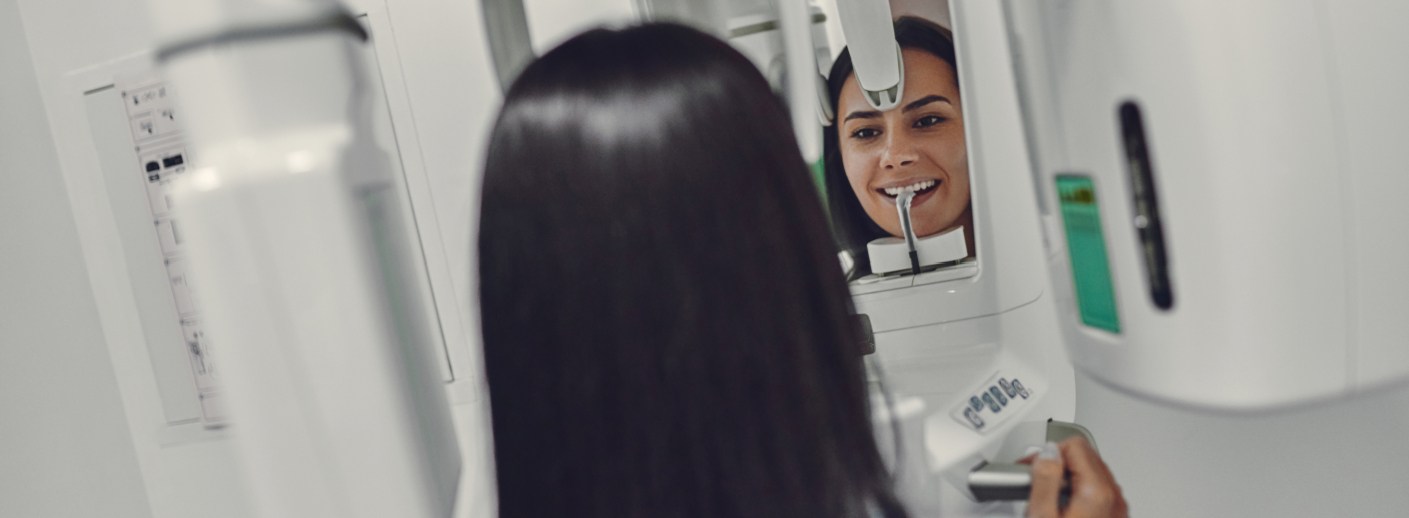

One of the most amazing characteristics of dental implants is how many cases are successful. In fact, about 95 percent of the implants placed work seamlessly and beautifully. However, that means about 5 percent of dental implant cases may end in failure. With Dr. Snapir, you don’t have to worry or get discouraged if you’re one of the exceptions. Through the right treatment, he can get you in a better position to have your implants be successful and last a long, long time.

When it comes to implant failure, there are generally two types. Short-term failure occurs soon after the implants have been placed and the posts do not properly integrate with the jawbone. This can happen as a result of an existing infection like gum disease or a medical condition like uncontrolled diabetes or osteoporosis. To avoid this outcome, Dr. Snapir asks for a full medical history so he can prepare your mouth and give you the best chances of success from the start.
Implant failure can also occur years after the implants have been placed usually as a result of poor oral hygiene. Although your replacement teeth cannot succumb to decay, your gums can still become infected, which causes them to recede and the jawbone to deteriorate—eventually leading to failure.

How can you tell that your dental implants are not performing as they should? Pay close attention to your gums and the buildup on your teeth, whether real or prosthetic. For many, early signs of failure include red, puffy, or receding gums and consistent bad breath. If your implants are feeling loose, chances are high that you’re experiencing failed implants.

As much as possible, we make every effort to ensure that you have successful dental implants. We start by screening candidates and getting a clear idea of the risks beforehand. If a bone graft or other procedure is necessary to facilitate implant success, we’ll do it!
For implants that have already integrated with the bone, if we catch and treat the failing implants as soon as possible, usually through treatment similar to gum disease therapy, we may be able to stop the damage. However, if the infection has already taken its toll, the best course of action may be removing the implants and starting over again.
